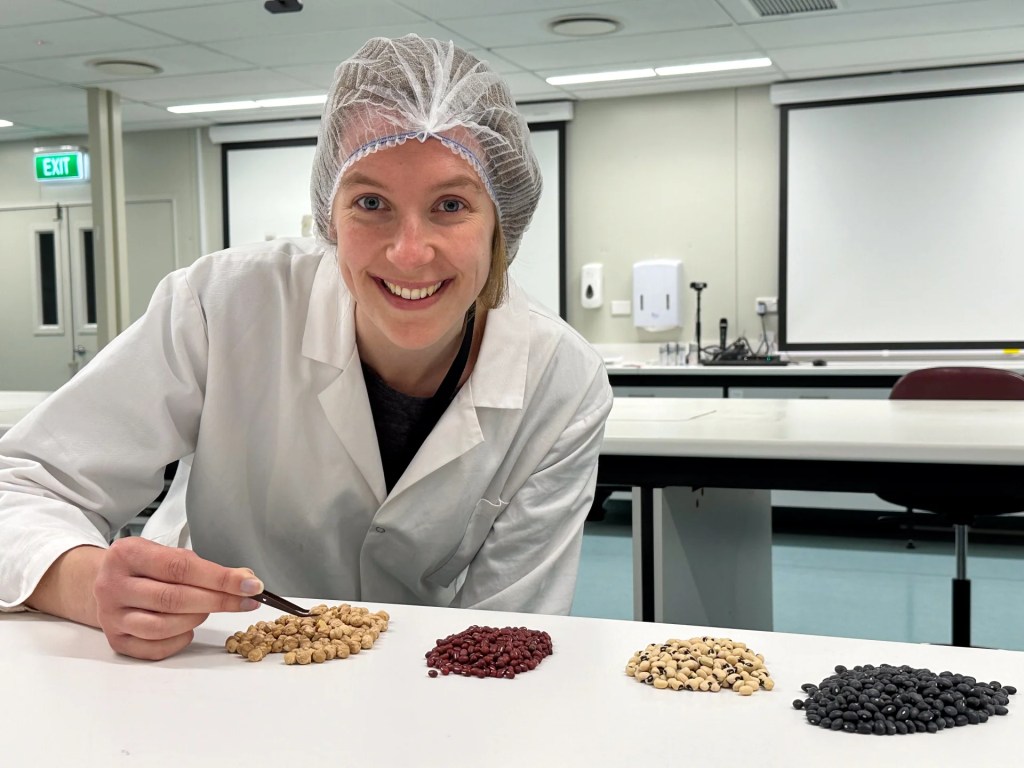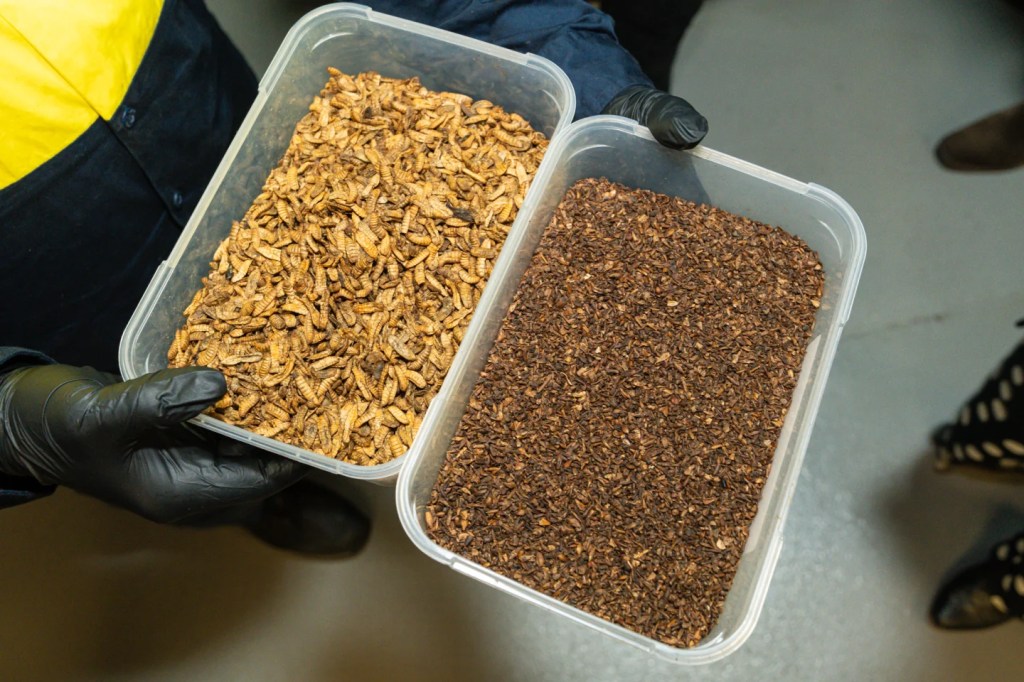The global protein alternatives market is estimated to reach USD15.7bn in 2024 and hit USD25.2bn by 2029, at a CAGR of 9.9% from 2024 to 2029, according to a new report by MarketsandMarkets.
This shift is reflected in the growing popularity of plant-based meat products, dairy alternatives, and protein-rich snacks.The report notes that the Asia Pacific region is expected to experience the most rapid growth between 2024 and 2029.
Of the many areas of this diverse industry – such as plant-based sources, mycoprotein, algae, insects, and pulses, among others – the dry form segment is leading for its versatility and convenience. That’s due to the fact that protein in formats such as powders and dehydrated products are easier to store, have a longer shelf life, and are easily incorporated into a wide range of food products.

According to the report, plant protein leads in the category of protein sources for its speed of adoption, nutritional benefits, and appeal to consumers who are increasingly focused on sustainability and ethical considerations.
The report also credits the plant protein segments’ rapid growth to its versatility and ability to cater to different dietary preferences and needs. Plant protein’s rapid digestion and absorption rate also make it highly appealing to athletes and health-conscious individuals seeking efficient protein sources for muscle recovery and overall wellness.
Among the challenges the report highlights for plant-based proteins is the achieving of taste, texture, and mouthfeel that replicate the experience of consuming conventional meat and dairy products.
However, as more research emerges to support the health benefits of plant-based diets, including reduced risks of chronic diseases, the popularity of plant protein is expected to continue its ascension.
According to Australia’s national science agency, CSIRO, the nation’s plant protein industry generated $150 million in Australian retail sales in 2019 and is estimated to be a $6 billion opportunity for Australia by 2030.

Following the plant protein market in the report’s ranking are microbial protein – such as algae, fungi, and bacteria – and insect protein produced from species including crickets, mealworms, and locusts.
To stay up-to-date on the latest industry headlines, sign up to Future Alternative’s enewsletter.
Posted on:


